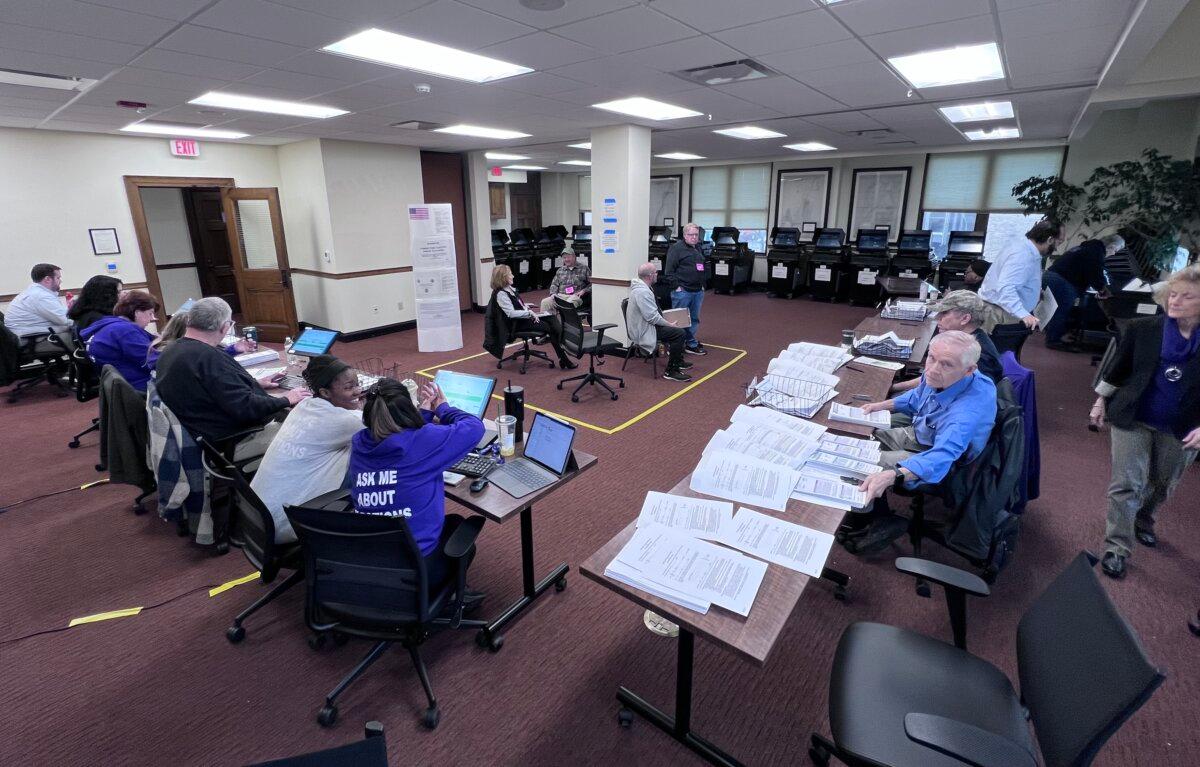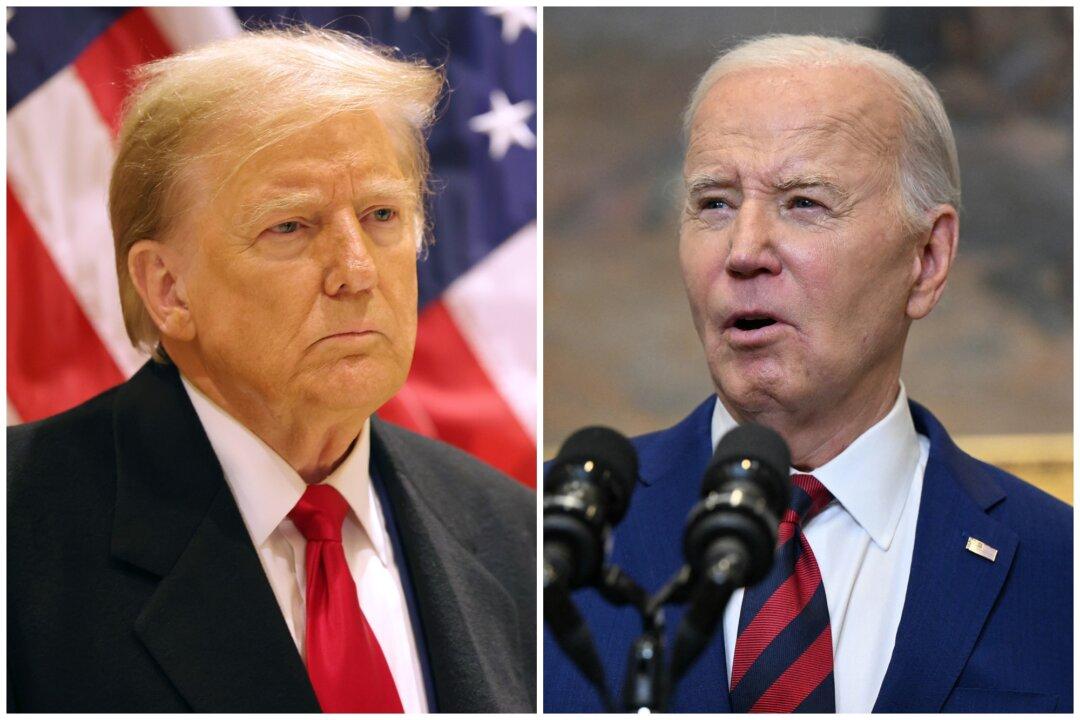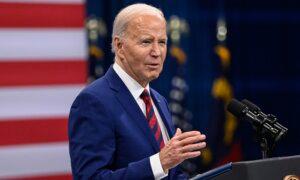Four states held presidential primaries on April 2, and one of them also decided the fate of two proposed amendments to its constitution.
Candidates other than Presidents Joe Biden and Donald Trump remained on the ballots for their respective parties, yet both handily won their nominating contents in Connecticut, New York, Wisconsin, and Rhode Island.
President Trump claimed an additional 179 convention delegates, and President Biden added 436 to his total.
1. Republican Voters Not All Sold on Trump
Republicans and Democrats have something in common. Some in their ranks are not settled on the party’s presumptive candidate, and until all the primaries are over and the conventions make it official, voters want to be heard.A percentage of Republicans in each April 2 primary state voted for candidates who are no longer in the running. Mostly Nikki Haley.
In Rhode Island, with 98 percent of the ballots counted, nearly 11 percent of Republicans went with Ms. Haley, and 2 percent voted uncommitted.
With nearly half the votes counted in Connecticut, 18 percent—that is 5,400 voted for Ms. Haley compared to the 78 percent supporting President Trump.
Wisconsin, a larger state, had the largest number of votes cast against the former president on the Republican ticket.
With 63 percent of the vote counted, President Trump had 295,000 votes or 77 percent of the support, but Ms. Haley had 13 percent or nearly 50,000 votes. More than 16,400 voted “uninstructed,” and Ron DeSantis, who had only hundreds of votes in other states, received nearly 13,000 votes. Combined, there are a lot of Republican voters Mr. Trump will have to convince.
2. Democrat Voters Not All Sold on Biden
The Democrat protest vote, “uncommitted,” is still alive, with a percentage of voters in each state giving President Biden the cold shoulder.The option to vote for “uncommitted” appeared on the Connecticut and Rhode Island ballots.
In Wisconsin, Democrat voters were urged by Palestinian activists to vote for “uninstructed delegation.” The group Listen to Wisconsin sent out 200,000 political mailers promoting the strategy.
“By voting uninstructed in Wisconsin, you’ll be raising your voice for a permanent ceasefire and an end to U.S. money and weapons being sent to [Israel],” the mailer reads.

In New York casting a blank vote is the same as uncommitted. But New York normally takes weeks to count blank votes, so results will not be known immediately.
AJ Braverman, 25, cast his blank ballot at P.S. 81 in Bed Stuy, Brooklyn, the same polling location that New York City Mayor Eric Adams voted at about 8:45a.m.
‘There’s a genocide happening in Palestine,” Mr. Braverman told The Epoch Times. “I voted Democrat my whole life, and I can’t stomach it. We need people in our government who are willing to fight for a free Palestine. Joe Biden needs to demand a cease-fire now.”
Another group, Democratic Socialists of America, has joined the Listen To movement, promoting the uncommitted vote in the remaining primary elections across the nation. They aim to send a message to President Biden about his policies related to the Israel-Hamas War.
The promotion of this plan is likely spiking the numbers, but there are other reasons a person may vote uncommitted. It is more tempting when it appears as an option on the ballot compared to when voters must write it in.
3. Wisconsin Amends Constitution for Election Integrity
Wisconsin voters approved two constitutional amendments aimed at safeguarding the state’s elections from outside influence.The first amendment states that “private donations and grants may not be applied for, accepted, expended, or used in connection with the conduct of any primary, election, or referendum.”
The second changes the state’s Constitution to ensure that “only election officials designated by law may perform tasks in the conduct of primaries, elections, and referendums.”
Advocates of the referenda included Rep. Tom Tiffany (R-Wis.), who spoke at President Trump’s rally in Green Bay on April 2, as well as Sen. Ron Johnson (R-Wis.).
“These basically will ban Zuckerbucks. We need to do that,” Mr. Johnson said in a video message on X, formerly Twitter, instructing voters on how to cast their ballots.

Democrats in Wisconsin have generally opposed the referenda. Those oppponents include State Sen. Mark Spreitzer, who represents the 15th District.
“[These questions] stem from conspiracy theories around the 2020 election,” Mr. Spreitzer wrote on X.
“The fact is, [Wisconsin] hasn’t done enough to cover local governments’ election costs—so stopping clerks from receiving grants or donations will have a big negative impact,” he added.
Rep. Tom Tiffany (R-Wisc.) was part of a pre-primary video message about the referenda issue released by the Wisconsin GOP on X, formerly Twitter.
“For years, out-of-state private interests have interfered in our elections and unfairly tipped the scales against conservatives by pumping money into election offices,” Mr. Tiffany said in the video.
4. Voter Turnout Lower Than Usual
Voter turnout in the four states holding presidential primaries was down significantly from the 2020 primary season, with numbers more closely resembling participation in a mid-term election year.In years when both parties hold contested primaries, participation rates of around 25 percent are typical. In off-year elections, that number can dip to 15 percent or below.
In 2016, the last year when both major parties held a presidential primary in New York, just under 2.9 million voters took part. This year, projections based on early returns indicate that the total number of voters could be less than 700,000.
New York’s primary elections are closed, meaning that only voters who have previously registered with a political party may vote in that party’s primary elections.
In Wisconsin, a state in which any registered voter may take part in either the Democratic or the Republican primary, more than 1.5 million voters participated in the 2020 primary election.
This year, projections based on early returns indicate that the total may be less than 1.2 million.
Voter turnout varies widely from state to state, partly because of the differing rules for participation.
The below-average turnout may be attributable to the virtual certainty that Presidents Biden and Trump will be the nominees of their respective parties. Inclement weather may also have affected voter participation, as it rained throughout the day in Wisconsin and in the Northeast.
Even so, some voters were astonished at the low turnout.
“I’m just surprised,” a voter from Racine, Wisconsin, told The Epoch Times after emerging from the polling site. “It’s really empty in there. It’s an important election. I’d just think more people would be here.”
Presidential primaries have yet to be held in 12 U.S. states and territories and the District of Columbia. The Republican National Convention is slated for July 14-18. The Democratic National Convention will be held August 19-27.









